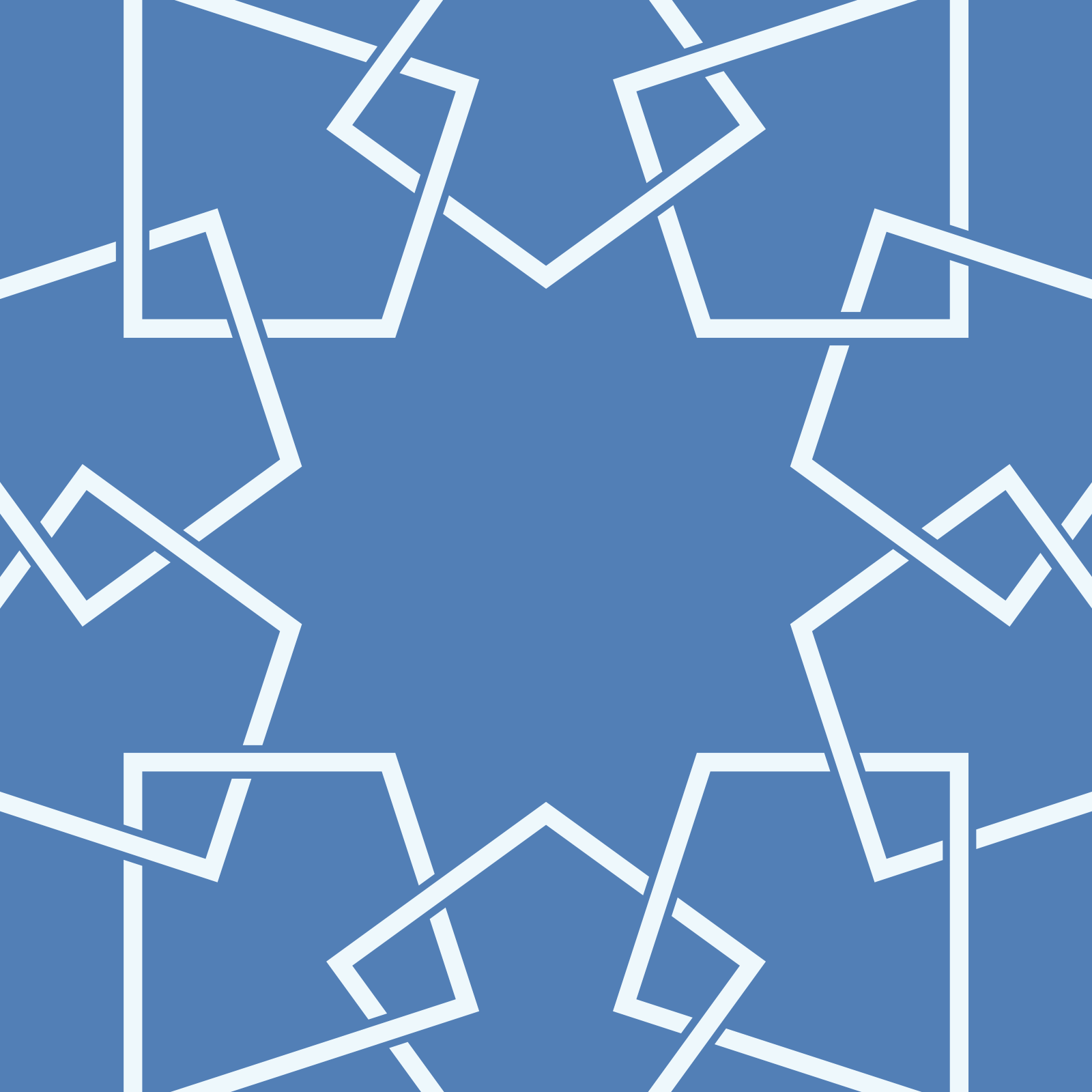5 ways to check whether your fashion brand is ethical

Meet Zinia Khan, the UK’s first ethical Islamic fashion activist. The young entrepreneur became a scarf designer after graduating from the London College of Fashion and even launched her own label, Zinia K, but her plans nearly came to an end when she was diagnosed with an illness that caused her to partially lose her sight.
“While trying to recover from this illness, [I got] the time to really question the fashion industry,” she said. “That’s when I started researching fair trade and ethical modest fashion.”
During her research into the industry, Zinia located massive gaps in ethical fashion, especially in the modest industry. “During my studies, I worked with various factories, but I stopped working with them when I found out that they weren’t ethical. As I was dealing with and learning about these problems, I started consulting for other startups too.”
Zinia is now a lead activist at MADE, a Muslim campaigning organisation which focuses, and back in the fashion world designing scarves. Her next project, she said, will involve 3D printed, ethical scarves that are recycled from plastic bottles.
Here are some of her top tips for making sure your fashion brand is ethical:
1.) CHECK THE FACTORY
“Go and meet them, and find out what the average wage is and what their working conditions are. You can find also find out whether they have applied for relevant certifications; I work with ETI [Ethical Trading Initiative], and they’re an auditing organisation who will come along and try to help you.”
2.) CHECK THE STAFF WAGES
“Modest fashion has become massive, especially with young designers, but we also have to remember that our faith and modesty also means our character and the way we treat people. Brands should focus on giving workers the right wage. They can’t be working 17–18 hours a day. I’m trying to make people remember the human supply chain and the humans behind it.”
3.) CHECK THE ENVIRONMENTAL SUPPLY CHAIN
“Are they using sustainable fabric manufacturers? There are many different ways to source sustainable fabrics, depending on what your budget is and what kind of brand you are. It’s then a matter of them having suitable policies in place and [having] regular check-ups with these manufacturers to ensure they are working ethically.”
4.) CHECK THE DYES
“Look at the way you’re dyeing fabrics. Why sorts of dyes are used? Where does the water end up after the dye is used? There are a lot of factories that work with clothes and dyes, and these dyes are in the water systems of local people. There are often chemicals in the systems that prevent the local people from living their day-to-day life.”
5.) CHECK SUBCONTRACTORS
“The factories that you work with are often sub-contracted. For example, let’s take a garment that has a zip or a button or needs different lining; it will be outsourced to another factory, and that’s where the problem is for most of the fashion industry. It’s so outsourced that it’s difficult to know who is in control and how that’s […] affecting the human supply chain [and] the environment.”
“The second biggest contributor to climate change is the clothing industry. That’s something that myself and many other Muslim campaigners have been talking about and trying to get the Muslim audience to understand. And, so far, they have. If we, as Muslims, want to go down the normal fashion route, then we have to do so based on our values, in the right.

Alicia Buller